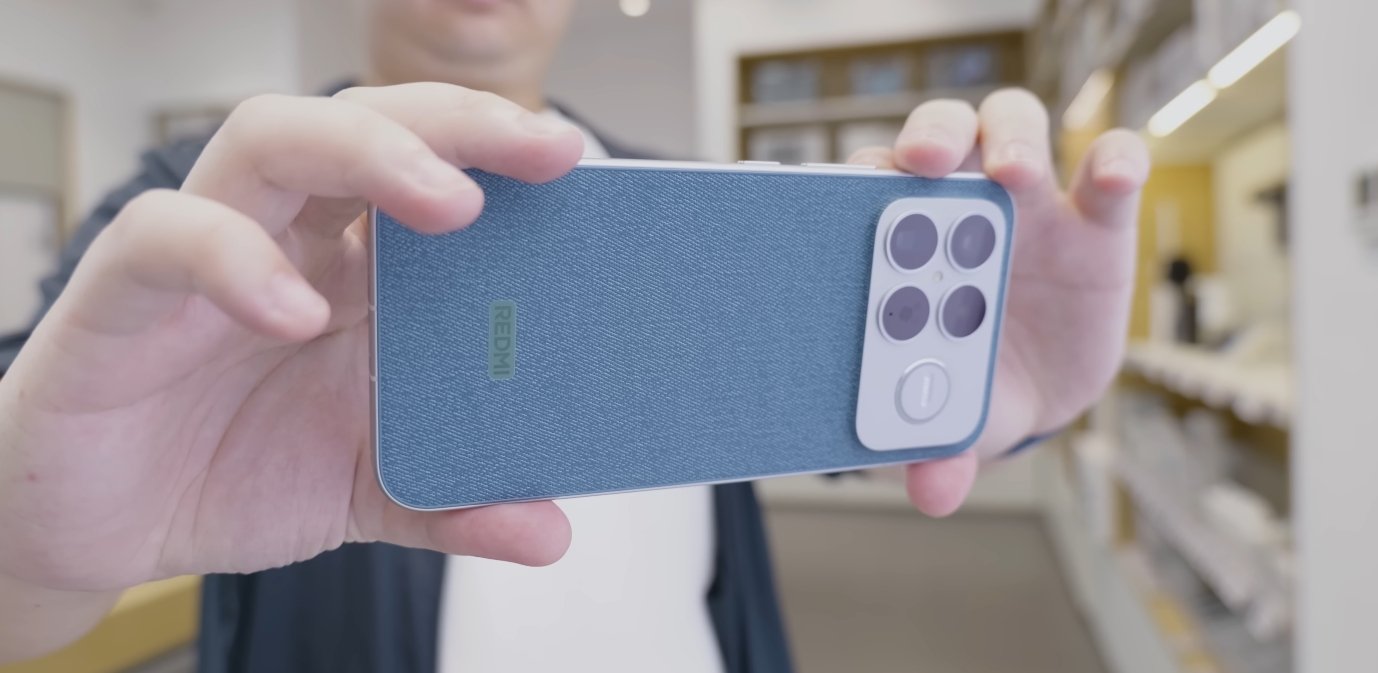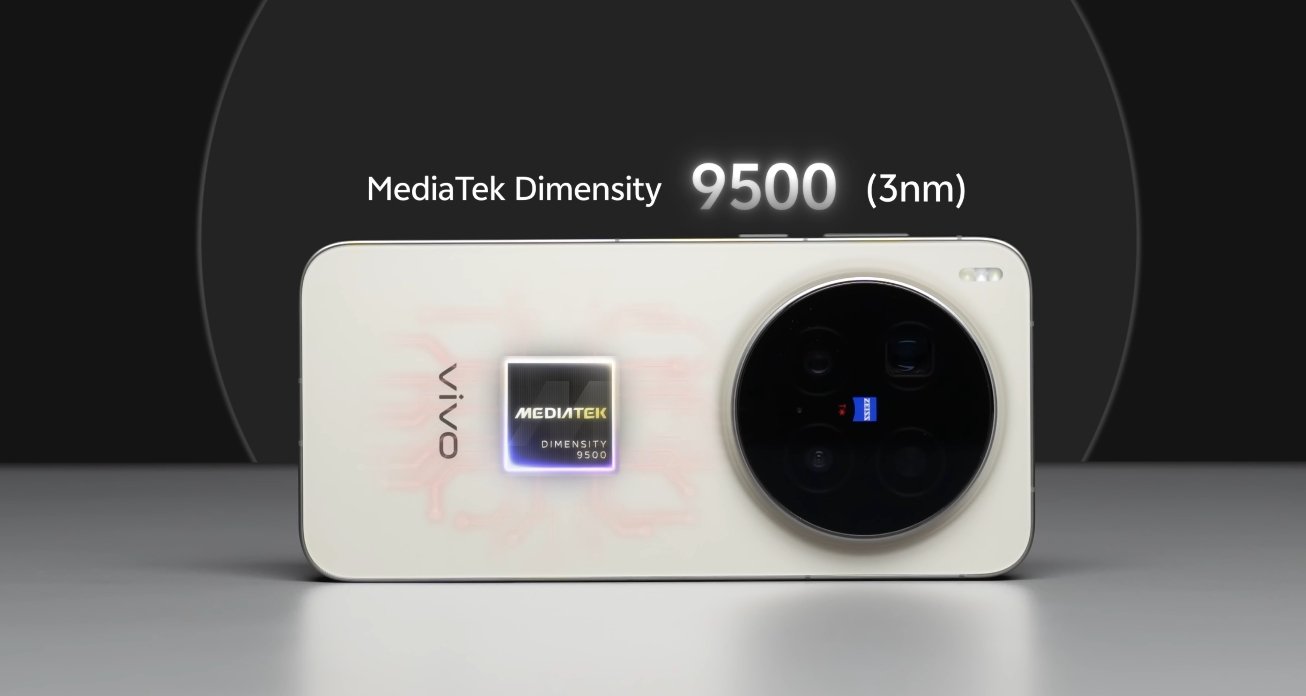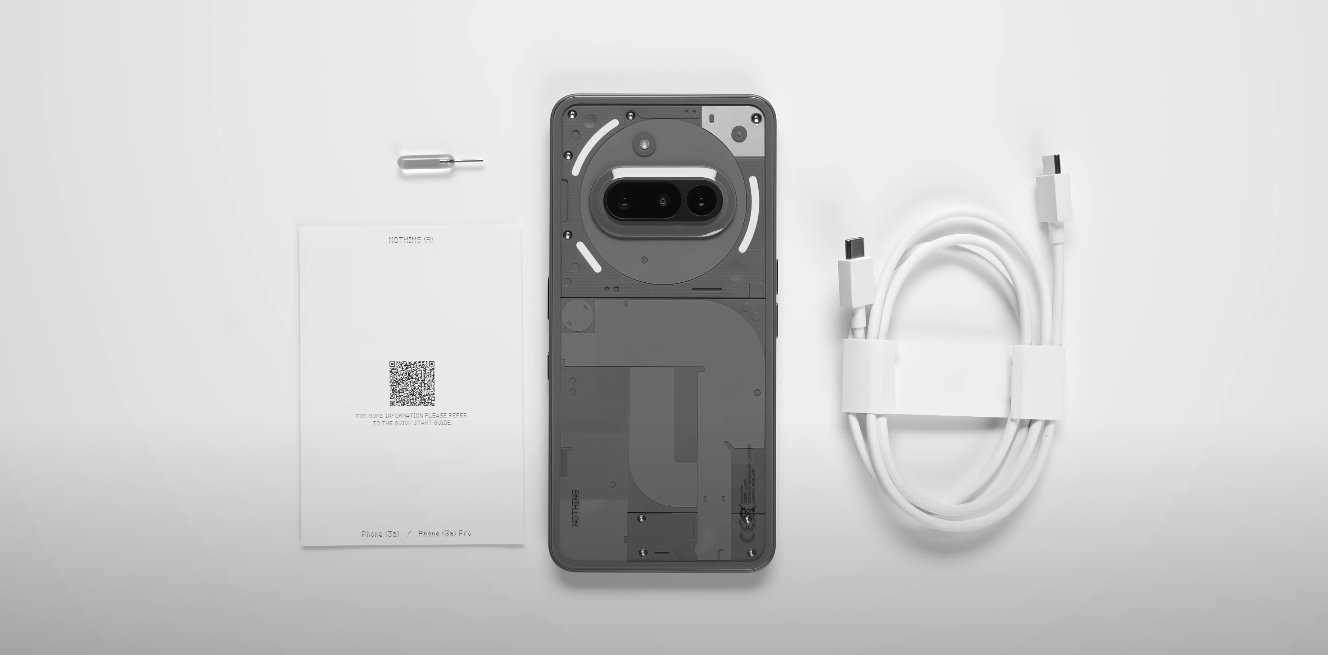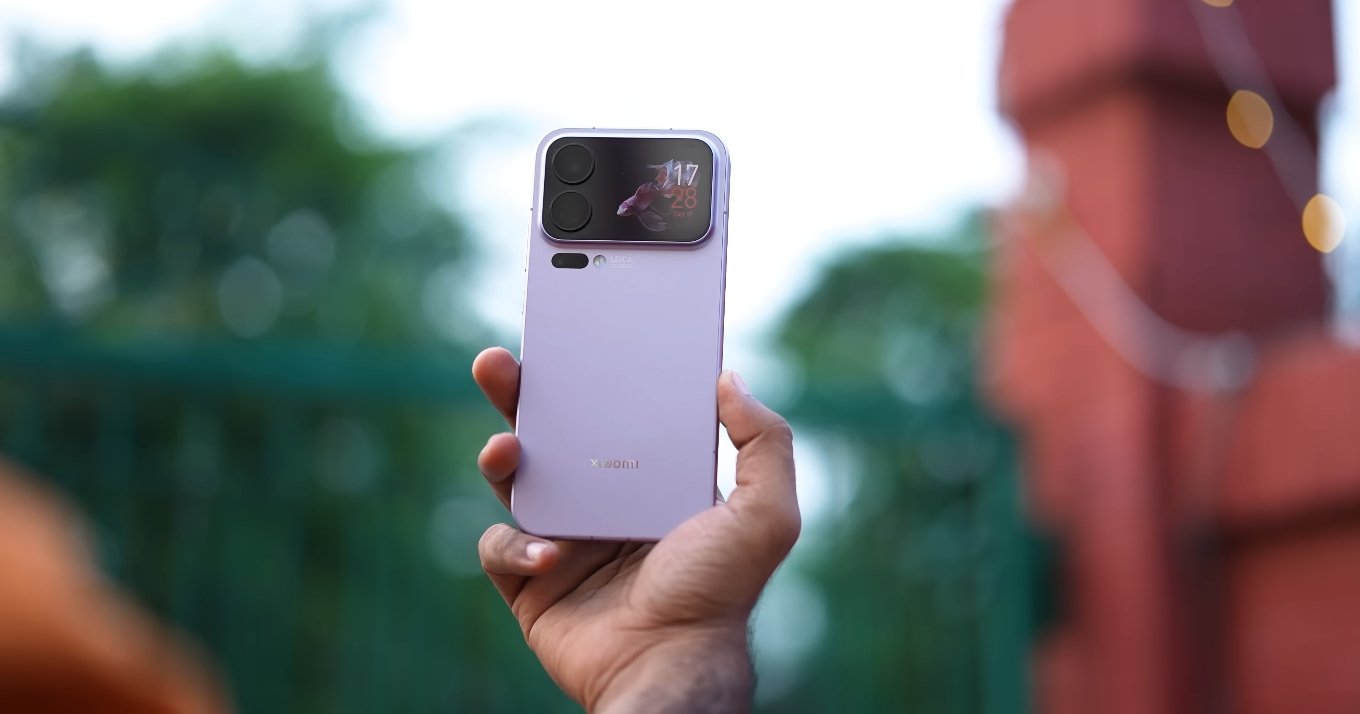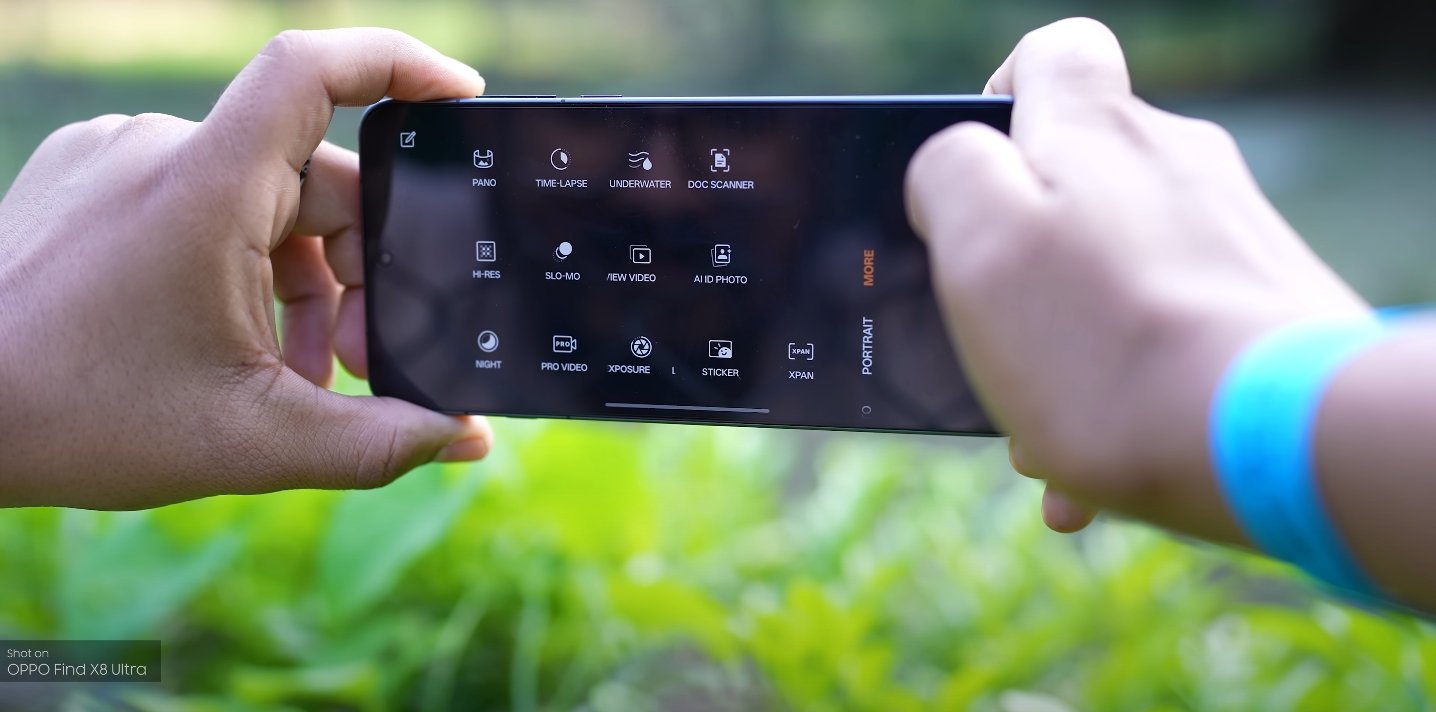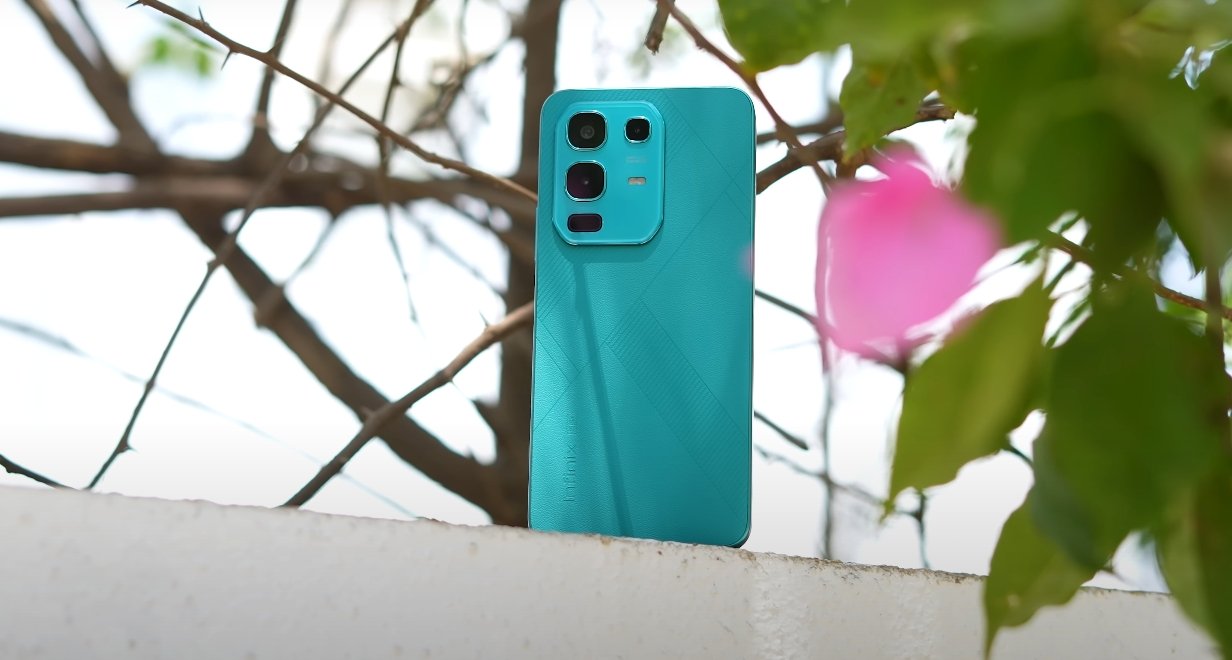Understanding Redmi K90 Pro Max’s Compatibility with US Networks
The Redmi K90 Pro Max has caught the attention of American tech enthusiasts who often look beyond domestic brands for better value and specifications. However, when it comes to imported smartphones, the key concern is always network compatibility. For US buyers, understanding how well the Redmi K90 Pro Max integrates with major carriers like AT&T, T-Mobile, and Verizon is crucial before making a purchase decision.
The Redmi K90 Pro Max is designed primarily for the Chinese and Asian markets, which means its network configuration might not perfectly align with US standards. While it supports a wide array of global 4G LTE and 5G bands, not all of them are optimized for American carriers. Typically, the phone handles most mid-band and high-band frequencies used globally, offering decent 5G coverage where available. However, certain low-band frequencies commonly used in the US—such as Band 12 or Band 71—might be missing or only partially supported. This affects rural and suburban coverage, especially for those relying on extended range networks.
For instance, T-Mobile’s expansive rural 5G coverage heavily depends on Band n71, which many imported phones fail to support fully. While the Redmi K90 Pro Max does include a few universal bands like n1, n3, n5, and n66, it might not deliver optimal performance in all regions of the United States. AT&T and Verizon users could see mixed results, with reliable performance in urban centers but reduced signal consistency in remote areas. Essentially, the device will function on most US networks but not always at peak speed or strength.

Another factor for American users to consider is the phone’s software and carrier feature integration. Many imported models do not come pre-configured with US carrier settings, which can affect services like VoLTE, Wi-Fi Calling, or Visual Voicemail. These features often require carrier certification that Chinese or global variants do not have. Consequently, while calls and texts will work, advanced connectivity features may not function without manual configuration or specific software updates.
It’s also worth noting that the Redmi K90 Pro Max uses dual SIM support, a feature that appeals to frequent travelers and remote workers. For those using a combination of US and international SIM cards, the phone provides a convenient way to manage connectivity across different regions. However, if both SIMs rely on 5G simultaneously, the device may automatically limit one slot to 4G depending on regional network compatibility. This is typical behavior in many imported smartphones but something US buyers should be aware of before switching devices.
In terms of overall usability, most US users will find that the Redmi K90 Pro Max delivers solid network performance in cities and suburbs. The phone’s advanced modem, along with its 5G-ready chipset, ensures stable data speeds and good call clarity when connected to compatible bands. Even without full access to all US-specific frequencies, the device still manages to outperform many mid-range phones available domestically in terms of connectivity stability and network switching.
However, buyers looking for guaranteed carrier support or official software updates tuned for US networks may prefer to wait for a global variant. Xiaomi’s global releases typically feature expanded band coverage and better firmware integration with western carriers. They also tend to include region-specific warranty and support options, which can be a deciding factor for those cautious about servicing imported models. Considering that the Redmi K90 Pro Max is one of Xiaomi’s most advanced models yet, a global edition could arrive later with proper US and European compatibility.
In summary, the Redmi K90 Pro Max is capable of functioning on major US networks, but it’s not perfectly optimized for them. Urban users will experience smooth connectivity, while those in rural or low-band dependent areas might encounter occasional gaps. If you prioritize affordability and high-end specs over full carrier integration, importing this phone is a practical option. But for users who expect complete network compatibility and seamless feature support, waiting for a global release remains the safer bet. The Redmi K90 Pro Max showcases incredible hardware value, but its true potential in the US market will only be realized once Xiaomi officially tailors it for American networks.
